As this year comes to a close, we can’t help but reminisce on these memorable stories from 2019! Join us as we remember inspiring role models, look back on breaking news, and relive recent discoveries. Here’s a roll-up of stories that we hope will inspire you to keep learning in 2020 and beyond.
Recognizing the first all-female team to pilot a NOAA Hurricane Hunter mission
February 5, 2019
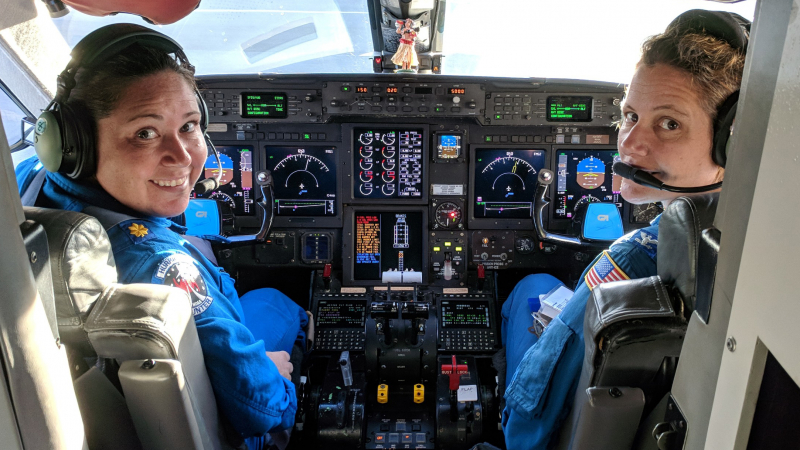
Back in 2018, NOAA Corps officers made history when Capt. Kristie Twining and Lt. Cmdr. Rebecca Waddington became the first all-female team to pilot a NOAA aircraft during a hurricane mission. In 2019, a third female, Lt. Lindsey Norman, joined this crew for a Hurricane Dorian reconnaissance mission, making it the first all female three-pilot crew!
GOES-17 “goes live”
February 12, 2019
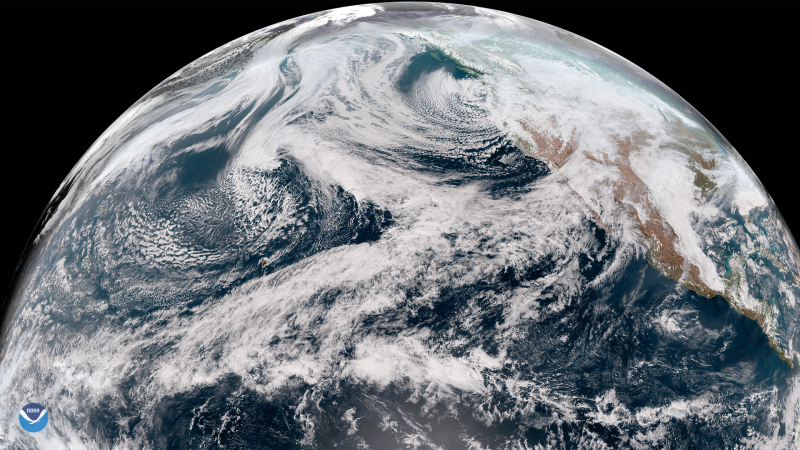
GOES-17 is NOAA’s second advanced geostationary weather satellite and the sister satellite to GOES-16 (also known as GOES East). Together the two satellites provide high-resolution visible and infrared imagery as well as lightning observations of more than half the globe – from the west coast of Africa to New Zealand, and from near the Arctic Circle to the Antarctic Circle.
Read the full story from NOAA Satellites.
Capturing a rare glimpse of ocean life
June 21, 2019
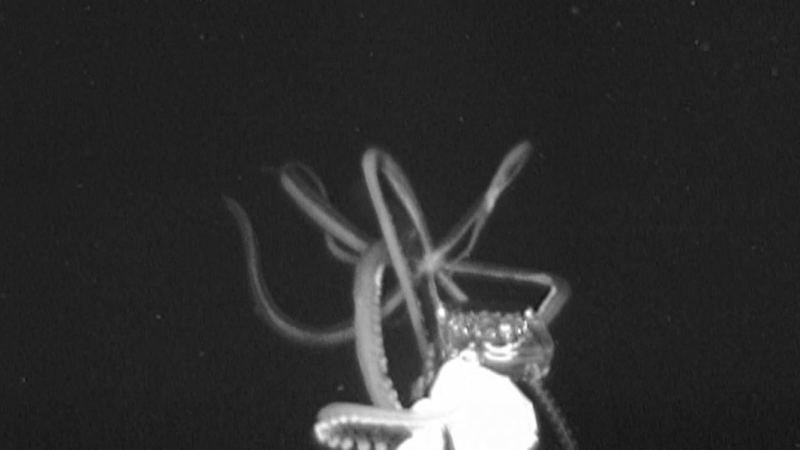
It’s what every marine scientist hopes for when they journey into the ocean’s depths. So when Nathan Robinson, one of the scientists on a NOAA-funded expedition to the deep waters of the Gulf of Mexico, saw that first glimpse of a tentacle rise out of the inky black of his computer screen, he was captivated. “You feel very alive,” he said of the footage, which showed a giant squid in its natural habitat for just the second time in history.”
Read the full story from NOAA Research.
Let’s celebrate, NOAA has a new marine sanctuary
July 9, 2019
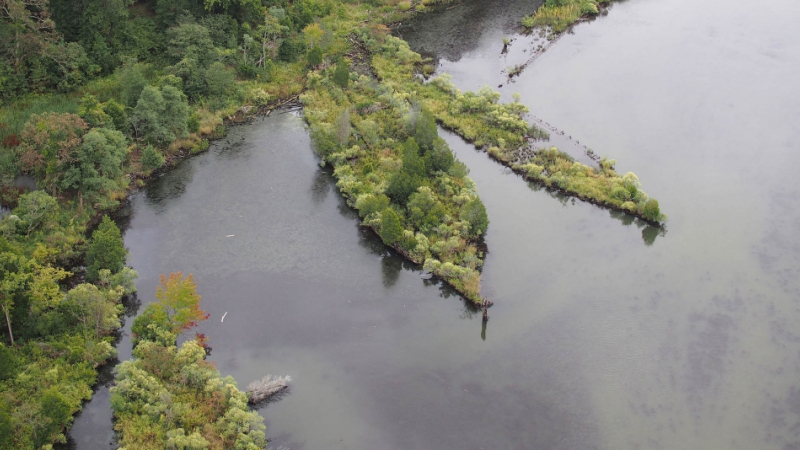
NOAA recently designated the first new national marine sanctuary in two decades: Mallows Bay-Potomac River National Marine Sanctuary. The new sanctuary is located about 40 miles south of Washington, D.C., in the tidal Potomac River, a tributary of the Chesapeake Bay. It will protect the remains of more than 100 World War I-era wooden steamships, as well as other historically significant maritime heritage resources.
Read the full story from NOAA Sanctuaries.
Happy 200th birthday, Eunice Foote
July 17, 2019

Meet Eunice Newton Foote, an early female climate science pioneer whose name you’ve most likely never heard. Foote’s experiments in the 1850s demonstrated that atmospheric water vapor and carbon dioxide affect solar heating, foreshadowing later experiments that described Earth’s greenhouse effect. Despite her remarkable insight into the influence that higher carbon dioxide levels in the past would have had on Earth’s temperature, Foote went unnoticed in the history of climate science until recently.
Read the full story from Climate.gov.
The hottest places in the U.S.
July 24, 2019
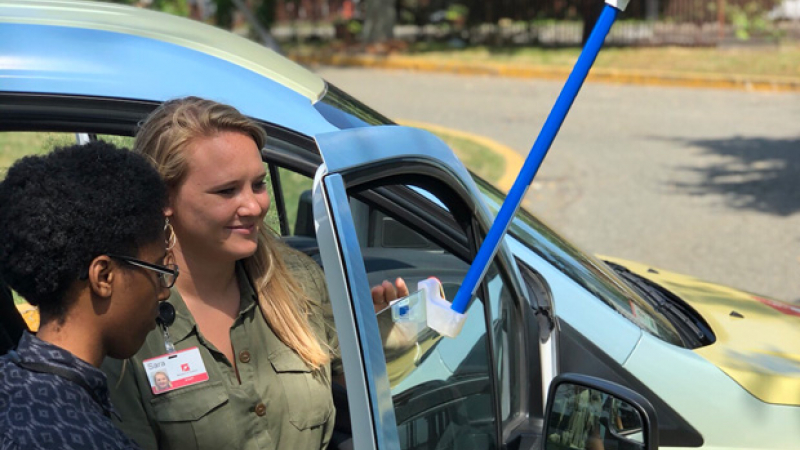
Citizen scientists took to the streets during the hottest days of the summer to map hot spots in ten different U.S. cities. The campaign is part of a NOAA-funded project to map places where buildings, asphalt, and other parts of urban environments can amplify high temperatures, putting people at heightened risk of heat illness during extreme heat events.
Read the full story from Climate.gov.
There’s a patch for saving endangered species
September 5, 2019
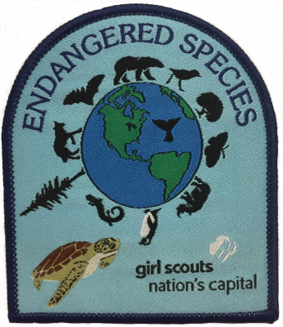
NOAA Fisheries teamed up with the Girl Scouts Nation’s Capital organization and other partners to develop a new Endangered Species Act patch. The patch is a great way to introduce Girl Scouts to the challenges facing many species, including marine species. “It is a great example of teamwork, showing how it takes all of us working together to recover species and prevent extinction,” said Donna Wieting, Director of the Office of Protected Resources.
Read the full story from NOAA Fisheries.
Inspiring women experts share their paths to a career at NOAA
October 21, 2019
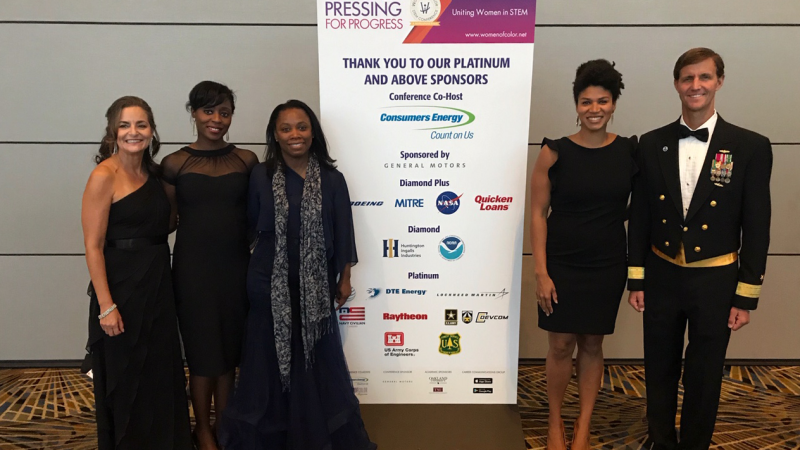
Meet six NOAA experts who were honored at the 2019 Women of Color in STEM awards. Each woman shares what sparked her interest in STEM, what she likes most about working at NOAA, and her advice for any up-and-coming STEM professionals.
Read the full story from NOAA Education.
The discovery of a message in a bottle
October 22, 2019
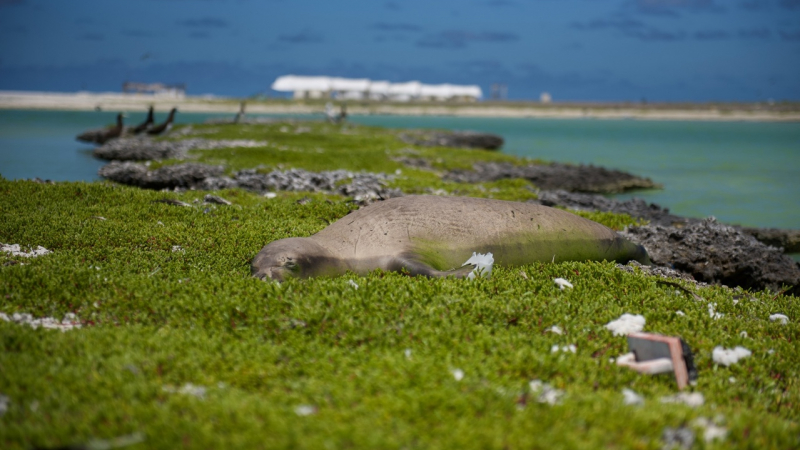
“I’m looking at my data sheet as I walk,” writes Paige Mino, a seasonal research assistant for the Hawaiian Monk Seal Research Program on Oahu. “At the high tide line is a bottle. Nothing is special about that, the atoll is littered with plastics and glass bottles. But this one is different: I can see that there’s something inside. Walking over to the bottle I pick it up and examine the contents. Instantly, I realize what I’ve found: a message in a bottle.
Read the full story from NOAA Fisheries.
The trusty weather balloon
December 9, 2019
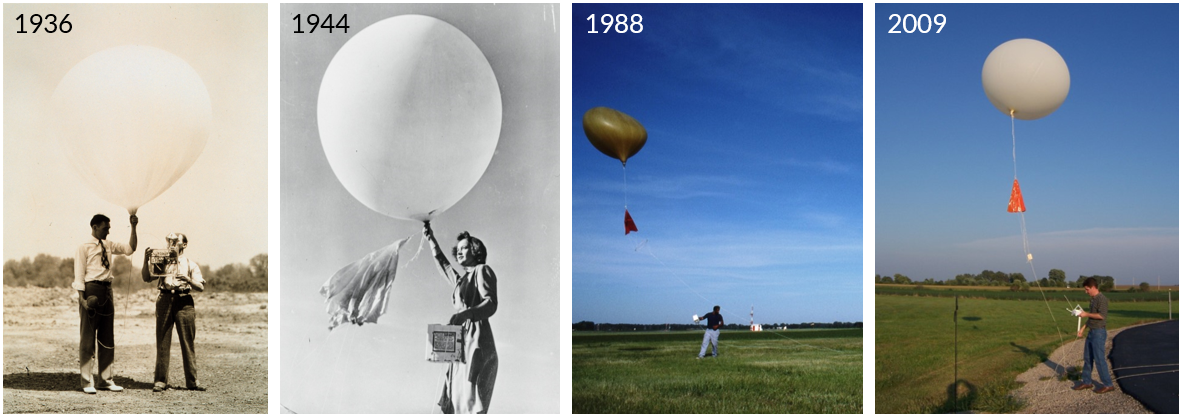
Twice a day, at 92 stations around the country, the National Weather Service launches weather balloons to gather vital information about the upper atmosphere. Filled with hydrogen or helium, the balloons will typically ascend to an altitude of 100,000 feet, recording data along the way. Read about the history of upper-air observations, from kites tethered to piano wire in 1894 to the new “autolaunchers” that can release 24 balloons before needing to be restocked.

